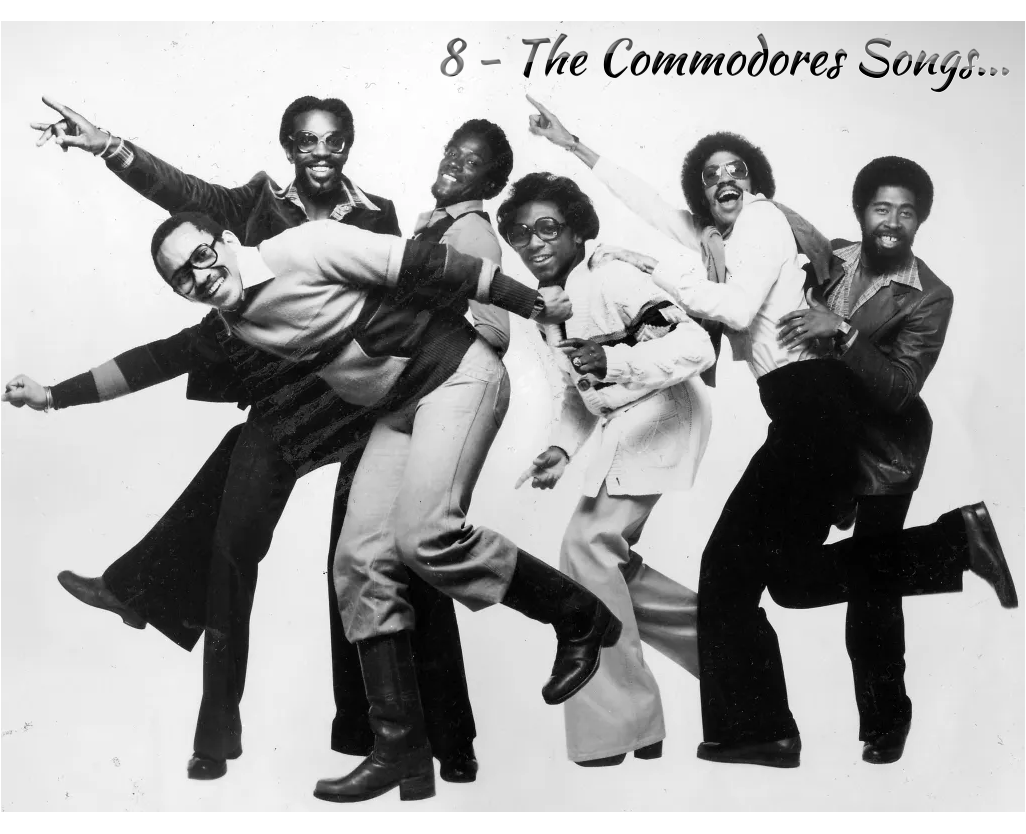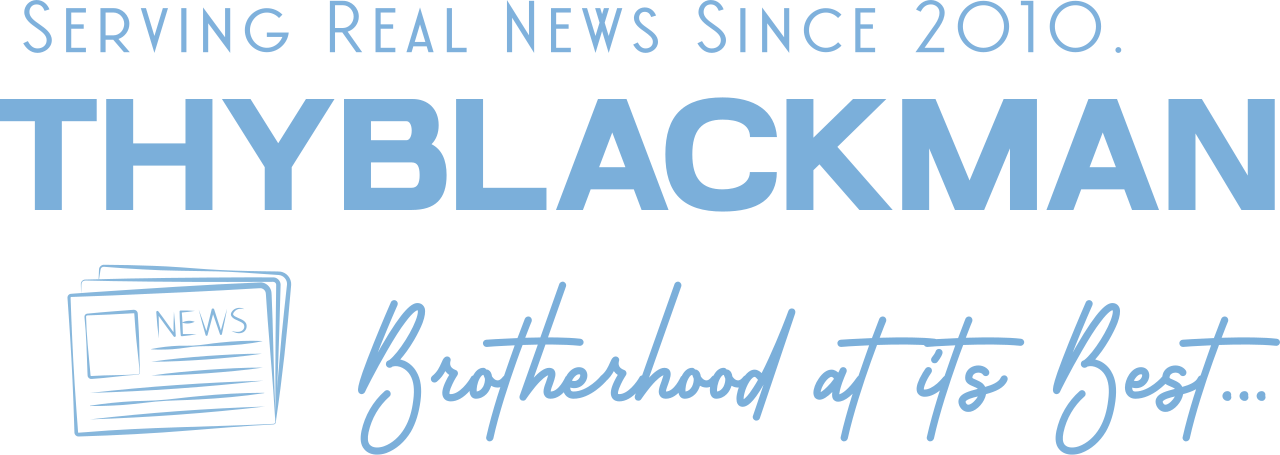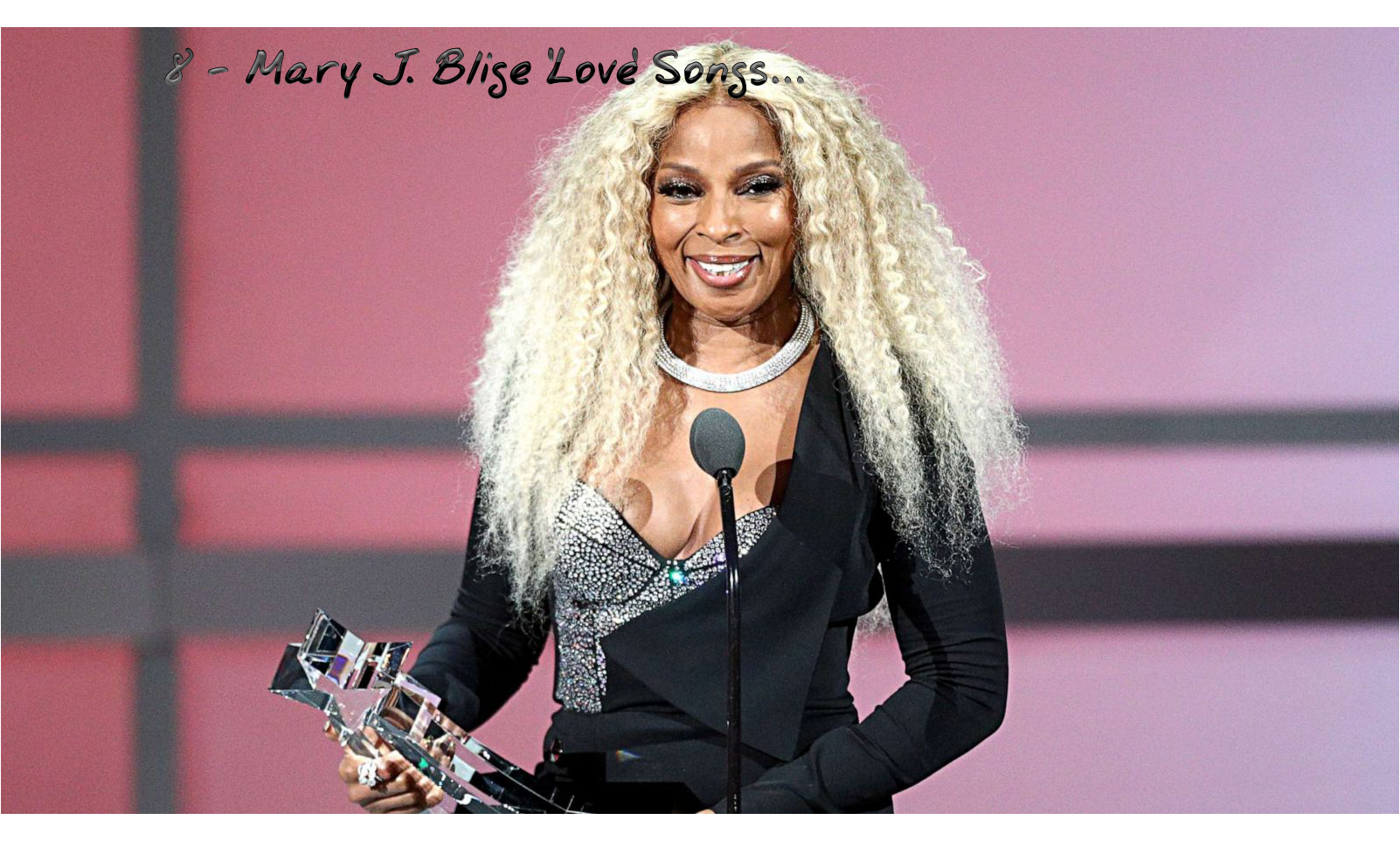(ThyBlackMan.com) When discussing the great architects of modern R&B, funk, and soul, The Commodores deserve a place near the top of the conversation. Emerging in the early 1970s from Tuskegee, Alabama, and quickly signing to Motown, the group carved out a reputation for their unmatched versatility. They could deliver horn-driven funk anthems that packed dance floors, then pivot to tender, chart-topping ballads that became wedding staples. This duality – the ability to make people move and make them feel – became their signature, and it helped them dominate both the R&B and pop charts for over a decade.
While Lionel Richie’s tenure with the band is often cited for its songwriting brilliance, The Commodores were far from a one-man show. Walter Orange’s gritty funk vocals, Ronald LaPread’s signature bass work, Thomas McClary’s sharp guitar lines, and the group’s airtight horn arrangements made them a true collective force. From the raw energy of their early funk recordings to the smooth sophistication of their later ballads, The Commodores continually adapted to changing musical landscapes while maintaining a distinct identity.
Their influence can be heard in countless artists who came after them – from the funk revivalists of the 1990s to today’s neo-soul innovators. More importantly, their songs have outlived trends, remaining fixtures in film soundtracks, wedding receptions, tribute playlists, and sample libraries for modern producers.
Here are 8 Commodores songs that capture the scope of their artistry. These tracks are more than just nostalgic favorites; they are timeless compositions that reflect the group’s mastery of groove, melody, and emotion. Whether you’re rediscovering these classics or hearing them for the first time, you’ll find that The Commodores’ music still speaks with the same vitality and heart it did decades ago.

1. “Easy”
What sets “Easy” apart from so many breakup songs is its refusal to wallow in bitterness. Lionel Richie, then still the Commodores’ frontman and chief songwriter, approaches the end of a relationship with remarkable maturity. His opening line, “Know it sounds funny, but I just can’t stand the pain,” is both disarming and honest — there’s no pretense of bravado, no attempt to paint himself as the winner or loser. This vulnerability helped the song resonate across generational and cultural boundaries, earning it a place in the pantheon of all-time great ballads.
The genius of “Easy” also lies in its pacing. The arrangement doesn’t rush to the hook; instead, it allows the listener to inhabit each verse, lingering on the soft interplay between the piano and guitar. When the chorus arrives — “I’m easy like Sunday morning” — it’s a cathartic release, a moment of clarity after emotional turbulence. The guitar solo, understated but expressive, becomes a musical sigh, a release of tension that mirrors the song’s central theme of moving on peacefully.
From a production standpoint, “Easy” was a bold move for the Commodores in 1977. At the height of funk and disco, releasing a ballad with soft rock influences was risky. Yet this stylistic fusion paid off, opening doors to a wider audience and proving that a band known for dance floor anthems could also command quiet, emotional moments with equal authority. It was also a harbinger of Richie’s future solo success, showing his knack for universal songwriting.
Today, “Easy” still commands that same blend of comfort and melancholy. You’ll hear it covered by artists across genres — from country to neo-soul — because the emotional blueprint is so strong. Whether you stream it on a Sunday morning, use it as a gentle post-breakup soundtrack, or play it on vinyl for that warm analog feel, “Easy” feels just as relevant now as it did nearly 50 years ago.
2. “Brick House”
“Brick House” was born from a jam session — the kind of spontaneous, organic creative spark that only happens when a band is in peak form. Ronald LaPread’s bassline, as soon as it locks in, makes the listener’s head nod almost involuntarily. The way the bass interacts with the rhythm guitar, creating a syncopated push-and-pull, is textbook funk arrangement. By the time the horn section kicks in, the groove is already irresistible.
Walter Orange’s lead vocal delivery adds grit and confidence, perfectly embodying the song’s celebration of strength and beauty. The phrase “She’s a brick house” quickly entered pop culture as a compliment, but the song is more than just a catchy phrase — it’s an unapologetic ode to Black femininity and body positivity, well before such conversations were mainstream. That cultural subtext gave “Brick House” a layer of significance that deepened its connection with audiences.
What’s often overlooked is just how tightly the Commodores play here. Every note, every hit from the horn section, every syncopated guitar stroke is perfectly placed. That precision is why the song still hits as hard in 2025 as it did in 1977. Unlike many funk tracks that rely solely on groove, “Brick House” has melodic hooks in both the vocal line and the horn riffs, making it memorable beyond the dance floor.
In modern contexts, “Brick House” is the rare track that feels equally at home in a retro soul set, a modern funk playlist, or as a sample in hip-hop and pop. Its DNA runs through songs by artists like Mark Ronson, Bruno Mars, and Anderson .Paak, all of whom owe a clear debt to its swaggering, airtight funk. Drop it into any party mix today, and watch the energy in the room spike instantly.
3. “Three Times a Lady”
When Lionel Richie penned “Three Times a Lady” for his parents’ 37th wedding anniversary, he couldn’t have known he was about to write one of the great love ballads of the 20th century. The song’s inspiration — his father thanking his mother for being a lady in every sense of the word — lends it a sincerity that comes through in every note. Richie’s lyrical framing, using “once, twice, three times a lady” as a poetic refrain, is deceptively simple but profoundly effective.
Musically, “Three Times a Lady” steps away from the Commodores’ funk roots entirely. Its 3/4 waltz time signature gives it a timeless, almost classical elegance, and the restrained instrumentation — just piano, strings, and soft percussion — leaves ample space for Richie’s tender vocal. Every pause, every breath he takes between lines, adds to the song’s intimacy.
The commercial impact was enormous. The track not only topped the Billboard Hot 100 but also crossed over to adult contemporary and international charts, cementing the Commodores’ ability to move beyond the R&B category into a global audience. It also signaled a pivot in their public image, showcasing them as complete songwriters, not just funk specialists.
In 2025, “Three Times a Lady” is still a go-to for weddings, milestone anniversaries, and romantic dedications. Its sincerity hasn’t dulled over time, and because it’s rooted in real emotion rather than pop trends, it sidesteps the risk of sounding dated. Younger artists seeking to craft enduring love songs would do well to study its structure, pacing, and emotional clarity.
4. “Zoom”
“Zoom” occupies a special place in the Commodores’ catalog as one of their most atmospheric and introspective tracks. Written by Lionel Richie and Ronald LaPread, it isn’t built for the radio’s three-minute pop format. Instead, it stretches out luxuriously, letting each instrumental layer breathe. The opening — soft piano, brushed cymbals, and a mellow bass — is almost cinematic, setting the stage for Richie’s yearning vocal to take the listener on a journey.
Lyrically, “Zoom” taps into a universal desire: to leave behind the troubles of everyday life and find a place where peace and happiness are possible. Richie doesn’t specify where that place is — it could be a physical location, a state of mind, or even a metaphor for love – which allows listeners to project their own dreams onto the song. That openness is part of its enduring appeal.
The musicianship is quietly stellar. The bass line, while understated, anchors the track with a warm, steady pulse. The saxophone solo, arriving like a gentle breeze, becomes the emotional centerpiece, bridging the verses with a sense of release. Unlike the Commodores’ funk anthems, “Zoom” is about restraint – knowing exactly when to hold back to preserve the song’s mood.
In today’s fast-paced world, “Zoom” feels even more relevant. It’s a perfect track for late-night unwinding, long drives, or moments of quiet reflection. While many fans know the Commodores for their party tracks and chart-topping ballads, “Zoom” stands as a deep-cut gem – a meditative masterpiece that proves their range went far beyond the dance floor.
5. “Nightshift”
“Nightshift” marked a pivotal moment in the Commodores’ career. With Lionel Richie pursuing a solo path, many doubted the band could match their earlier magic. Yet with Walter Orange stepping up on lead vocals, they delivered a track that not only honored the memory of Marvin Gaye and Jackie Wilson but also proved the Commodores still had the emotional depth and songwriting skill to command the charts. The song earned them a Grammy for Best R&B Performance by a Duo or Group, cementing its status as more than just a tribute — it was a career-defining moment in the post-Richie era.
Musically, “Nightshift” captures the contemplative feel of late-night radio, where songs linger in the quiet hours. The steady bassline is warm and grounding, while the understated synth layers give it an almost ethereal quality. The guitar work is sparse yet precise, each chord placed like a brushstroke in a larger portrait. This measured approach creates space for the lyrics to breathe, letting every name, every memory referenced in the verses, carry its full emotional weight.
The songwriting shines in its subtlety. The references to “Jackie’s gone” and “Marvin, he sang to us” are not just eulogies — they’re reminders of music’s power to connect, to comfort, and to outlast its creators. The chorus’s “sweet sounds coming down on the nightshift” serves as both an image of celestial radio waves and a metaphor for the enduring presence of music legends who’ve passed on.
In 2025, “Nightshift” continues to resonate, especially in an era where artists frequently pay homage to their influences. Its production still sounds clean and modern, its sentiment still universal. Younger audiences may discover it as a soulful deep cut, while older fans remember it as a bittersweet yet hopeful anthem that reminded everyone the Commodores were far from finished.
6. “Sail On”
“Sail On” is a fascinating example of the Commodores’ willingness to take risks with genre. The blending of country and soul was unusual in 1979, yet it works seamlessly here. The acoustic guitar intro sets a laid-back, almost campfire mood, while the gentle percussion gives it a steady, heartbeat-like pulse. Lionel Richie’s vocal enters softly, carrying the story of a breakup with poise and understated emotion.
Thematically, “Sail On” is about release – about knowing when a relationship has run its course and stepping away without resentment. Richie’s delivery is key here; there’s no shouting, no over-dramatizing. His tone is calm but firm, reflecting the inner peace that can come from acceptance. It’s the antithesis of the breakup-as-battle narrative, offering instead a quiet dignity.
The arrangement evolves subtly as the song progresses. Strings rise gently in the background, adding emotional color without overshadowing the core acoustic rhythm. This restraint ensures the listener stays focused on the storytelling, and by the time the song swells in the final chorus, the journey feels earned rather than forced.
In modern terms, “Sail On” feels like an early blueprint for today’s cross-genre collaborations. You could imagine an artist like Chris Stapleton or Leon Bridges delivering a version of this track without altering its essence. Its message of calm closure in the face of heartache is timeless, and the Commodores’ execution remains a masterclass in musical subtlety.
7. “Lady (You Bring Me Up)”
“Lady (You Bring Me Up)” is an explosion of joy. Arriving in the early ’80s, it capitalized on the post-disco appetite for upbeat, groove-heavy tracks while retaining the musical sophistication that defined the Commodores’ sound. The opening horn fanfare sets an immediate celebratory tone, followed by a bassline that practically bounces with optimism.
This track thrives on its communal energy. The call-and-response sections make it feel like a conversation between the band and the listener, an invitation to share in the happiness. Walter Orange’s lead vocals are buoyant, carrying just the right amount of grit to keep the track grounded. Meanwhile, the background harmonies give it a layered richness, turning the chorus into a moment of pure uplift.
Lyrically, it’s straightforward — a song of gratitude to a partner who makes life better. There’s no overcomplication, no abstract metaphor, and that’s precisely its charm. The sincerity is palpable, and the delivery ensures it never veers into saccharine territory. Instead, it comes off as genuine celebration, the kind that’s impossible to fake.
Even today, “Lady (You Bring Me Up)” remains an instant mood booster. It’s tailor-made for summertime playlists, rooftop parties, or any setting where joy is the goal. Its horn lines and rhythmic drive still sound fresh in 2025, and it serves as a reminder that sometimes the simplest musical messages — delivered with skill and heart — are the ones that last.
8. “Still”
“Still” is one of the Commodores’ most quietly devastating ballads. Where some love songs aim for grand gestures, this one is all about restraint. The opening piano line feels almost like a whisper, inviting the listener into a deeply personal confession. Lionel Richie’s vocal performance is a study in control — soft, deliberate, and tinged with a sadness that never tips into melodrama.
The lyrics explore the ache of lingering love after a relationship has ended. It’s not about reconciliation or bitterness; it’s about acknowledging that certain emotions endure, even in absence. This emotional honesty is what makes “Still” so affecting. It doesn’t try to resolve the tension it presents, leaving the listener with the same bittersweet feeling the narrator experiences.
Musically, the song builds slowly. Strings and subtle percussion join the piano as it moves forward, creating a lush backdrop that elevates the emotional intensity without overwhelming it. Every instrumental choice serves the song’s intimacy, making it feel like a private moment that the listener has been allowed to witness.
In 2025, “Still” continues to strike a chord with audiences who appreciate ballads that don’t rely on vocal gymnastics or heavy-handed production. It sits comfortably alongside the likes of Alicia Keys’ “If I Ain’t Got You” or John Legend’s “All of Me,” proving that understated, heartfelt storytelling in music never loses its relevance.
The Commodores’ legacy is built on their versatility — the ability to deliver both sweaty funk workouts and tender ballads with equal skill. These nine songs capture the full range of their artistry, showing why they remain a cornerstone of American music. Whether you’re drawn to their heartfelt storytelling or their ability to make you move, the Commodores offer something that speaks across decades.
Their music is more than a soundtrack to the past; it’s a living, breathing body of work that continues to inspire, comfort, and energize listeners in 2025 and beyond.

















Leave a Reply